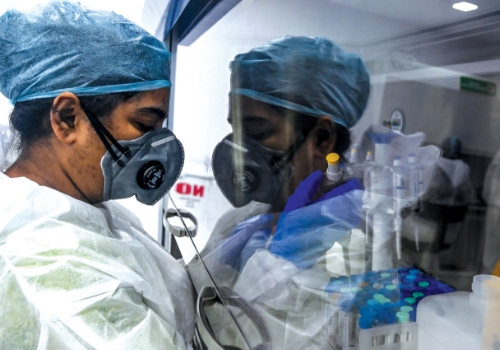January 2020 — doctors in Wuhan, Hubei, China, witnessed a spate of pneumonia-like cases of unknown cause.1 By the time this was reported to the World Health Organization’s China Country Office on New Year’s Eve,1 the virus had taken hold at Tong Ji Hospital in Wuhan, where Dr Ning Zhou worked as a cardiologist.
There used to be less than 10 patients in the hospital’s fever clinic a day, shares Dr Zhou, but staff suddenly began seeing up to 100 patients daily. What Dr Zhou and his colleagues did not know at that time was that they were dealing with a novel coronavirus. Instead, it was simply called “viral pneumonia of unknown cause”. As cases spiked, the medical world continued fighting against the unknown.
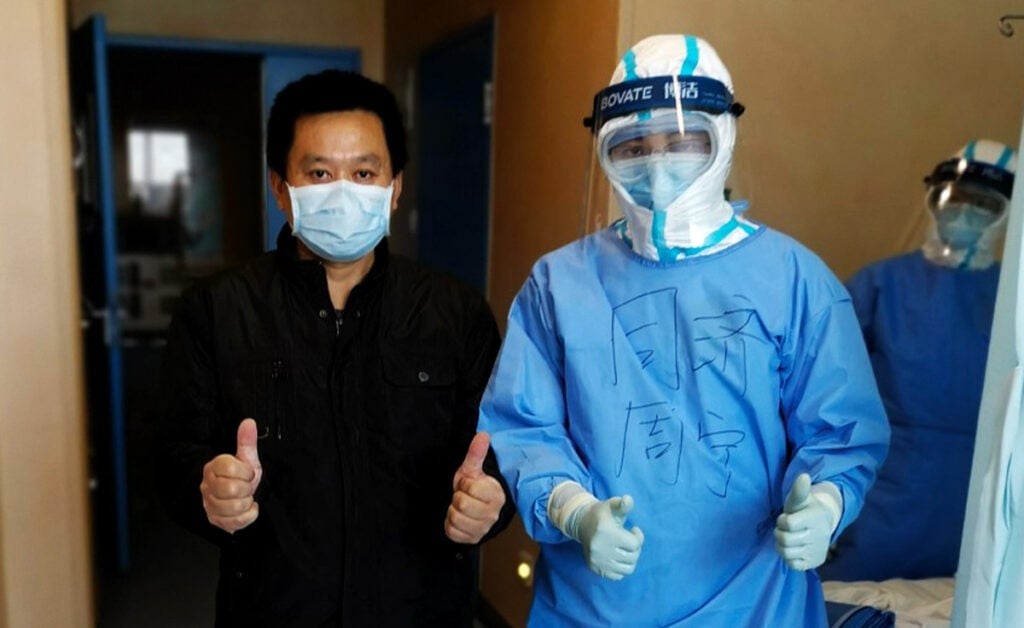
Dr Ning Zhou on the front line.
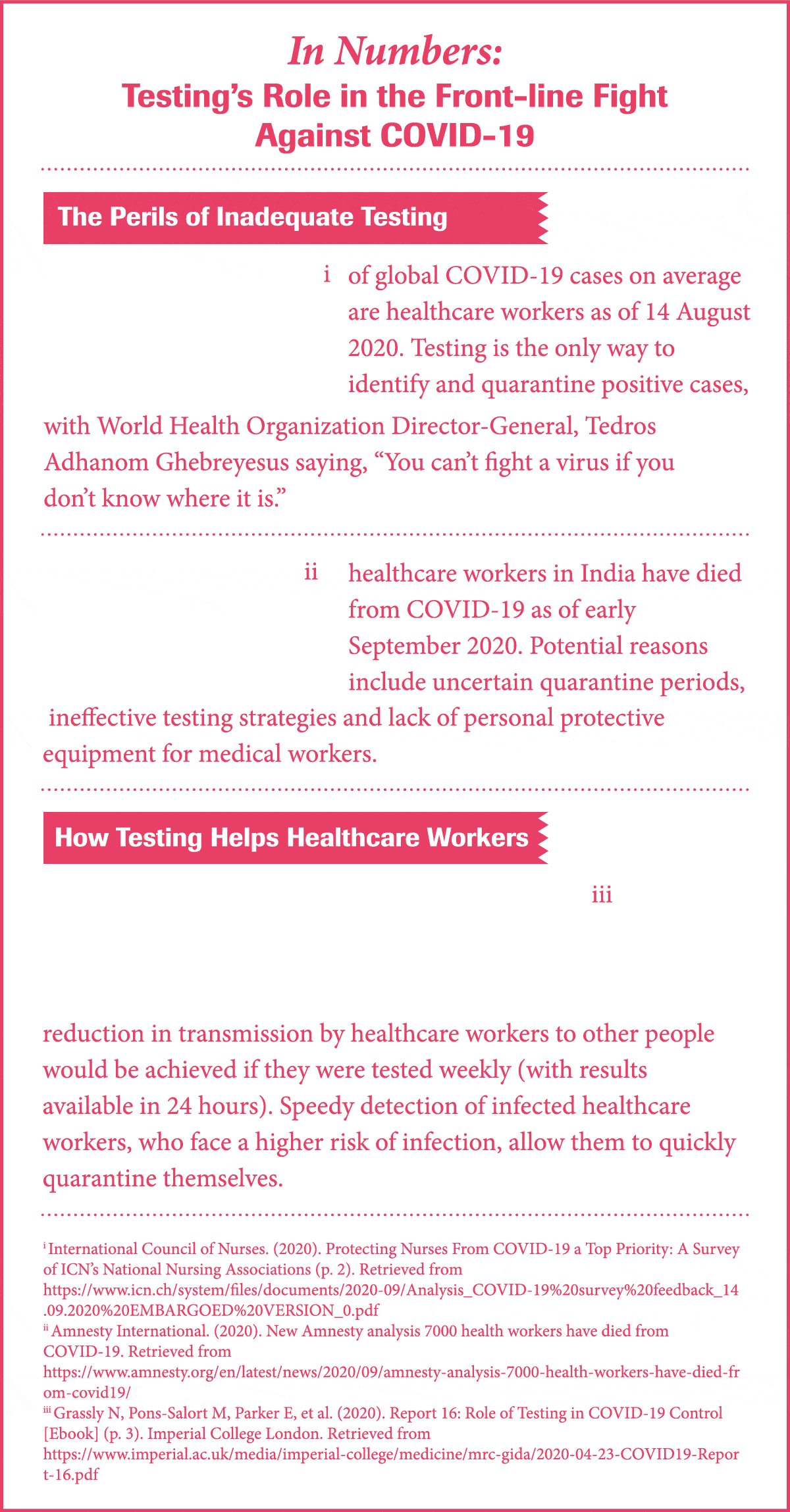
Within just a few days, Chinese scientists confirmed that it was a novel coronavirus and shared its genetic sequences with the world.2 Armed with the genetic code, the scientific community were quickly able to start building a picture of the disease’s behaviour and, crucially, how to test for it.3 (By comparison, during the 2003 SARS outbreak, this same process took three months.) 4
Meanwhile in Wuhan, Dr Zhou recalls a patient with tachycardia entering his care on 17 January. Dr Zhou did not know it at the time, but he had encountered a suspected coronavirus patient. Dr Zhou was wearing a surgical mask, but the patient was not. It would not be until five days later that the Wuhan government made it mandatory for everyone to wear masks when outside, and to avoid close contact with anyone.5
Fever, Fatigue and More
By early February, the confirmed infections in Wuhan had surpassed 10,000,6 and the surging numbers were making residents anxious. Dr Zhou found himself overcome with incredible fatigue after working a 24-hour shift, prompting him to get a blood test.
Results revealed that he was likely to have been infected by the novel coronavirus and the physician quickly quarantined himself, moving away to another apartment. Dr Zhou had been staying with his parents at that time, and was thankful that he had not transmitted the infection to them. He recalls that the quarantine period was challenging. Not only did he have to stay away from his family, he was also plagued with fever, cough, diarrhoea and fatigue. During that time, he was also keeping up with reports on the escalating coronavirus outbreak and was desperate to go back to work in a city that was suffering from a shortage of medical staff.
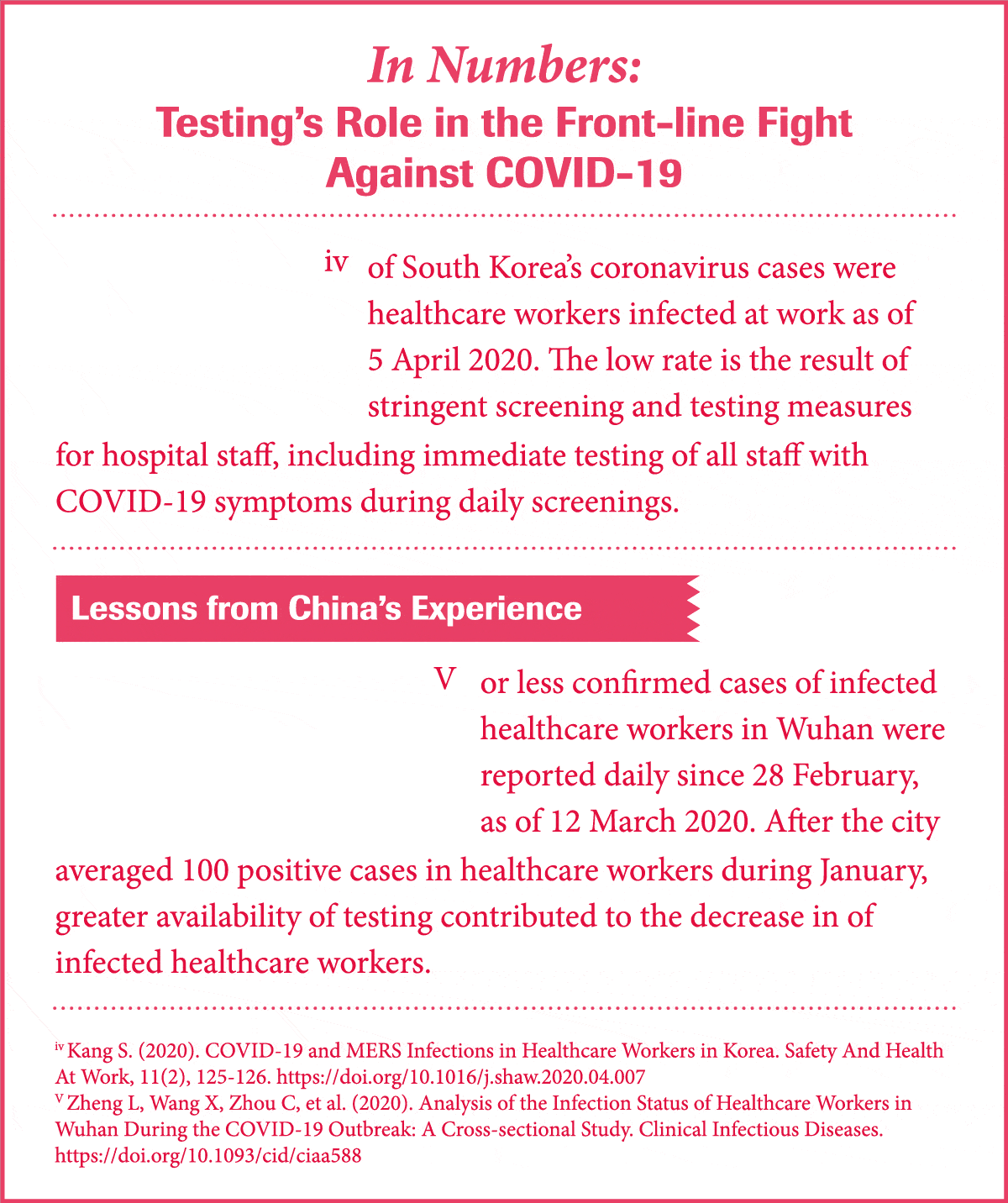
“When I talk about it, I’m always very emotional because Wuhan is my home town. Many Wuhan people, they’re my friends, my colleagues, even my relatives. They needed medical help, and I’m a professional doctor — so I needed to go back to work to help them,” he explains.
After two weeks in recovery, he was finally able to return to the front line. However, he was not prepared for the situation that awaited him.
On his first night back at work, Dr Zhou vividly realised the need for a rapid response to match the pace of a fast-evolving disease. He recounts receiving buses full of patients. Many of them were severely ill, with some “dying just a couple of minutes after arriving at the hospital”. Dr Zhou adds that his team were extremely frustrated that they could not save these patients despite having both the equipment and medicine to do so.
Read more inspirational patient stories at Roche Diagram.
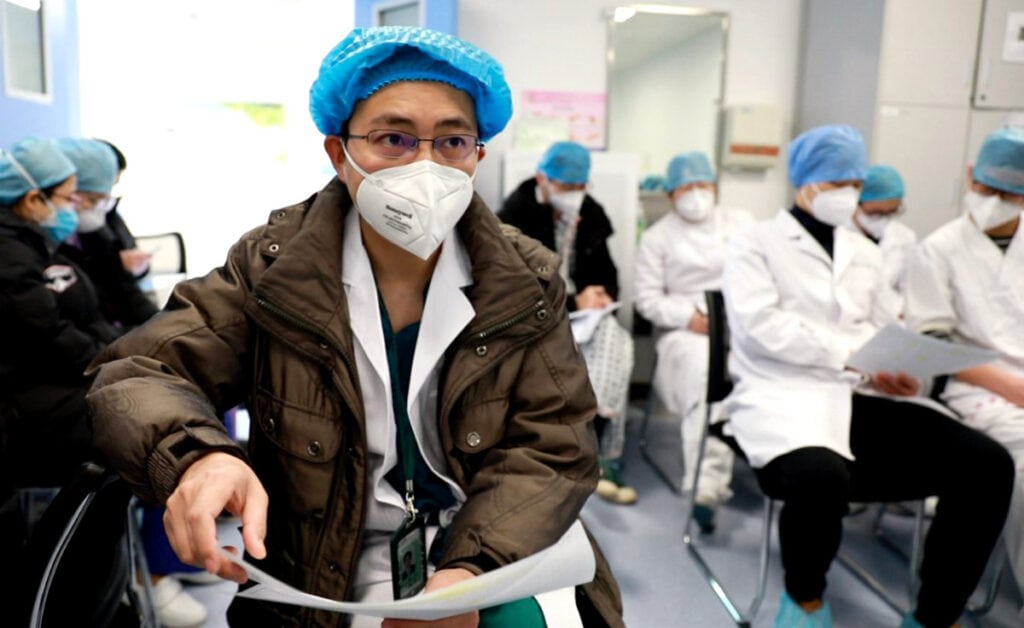
Health authorities were able to test nearly the entire population of Wuhan in a matter of days.
Testing an Entire City
In May, the Wuhan government decided to double down on its diagnostic efforts to provide its residents with peace of mind as the city began to reopen, as it eventually flattened its curve. By June, Wuhan had tested nearly 10 million people through a mass campaign.7 Various strategies, including batch testing,8 were employed to raise the city’s daily capacity 13-fold.
While the world was not prepared for this pandemic, the lessons learned offer valuable insights into how we can tackle the current threat and prepare for the next one. “The Chinese experience is very useful for many countries,” says Dr Zhou, who has spoken at several medical conferences of how he and his team have treated the coronavirus. As he notes, only when the world comes together to share knowledge can we “find useful and effective ways to treat the coronavirus”.
Related read: Understanding COVID-19 Testing
Stay updated on healthcare and diagnostics news with Roche Diagram magazine.
References:
1World Health Organization. (2020). Novel Coronavirus (2019-nCoV)
Situation Report – 1. Retrieved from https://www.who.int/docs/default-source/coronaviruse/situation-reports/20200121-sitrep-1-2019-ncov.pdf
2World Health Organization. (2020). Timeline: WHO’s COVID-19 response. Retrieved from https://www.who.int/emergencies/diseases/novel-coronavirus-2019/interactive-timeline
3Schnirring S. (2020). China releases genetic data on new coronavirus, now deadly. Center for Infectious Disease Research and Policy. Retrieved from https://www.cidrap.umn.edu/news-perspective/2020/01/china-releases-genetic-data-new-coronavirus-now-deadly
4Le Guillou I. (2020). Covid-19: How unprecedented data sharing has led to faster-than-ever outbreak research. Horizon: the EU Research & Innovation magazine. Retrieved from https://horizon-magazine.eu/article/covid-19-how-unprecedented-data-sharing-has-led-faster-ever-outbreak-research.html
5Wuhan Municipal People’s Government. (2020). 市人民政府关于在公共场所实施佩戴口罩有关措施的通告 [Announcement of the Municipal People’s Government on Implementing Measures Related to Wearing Masks in Public Places]. Retrieved from http://www.wh.gov.cn/zwgk/tzgg/202003/t20200316_971389.shtml
6Hubei Provincial People’s Government. (2020). 2020年2月5日湖北省新型冠状病毒感染的肺炎疫情情况 [Epidemic situation of novel coronavirus infection in Hubei in February 5, 2020]. Retrieved from https://www.hubei.gov.cn/zhuanti/2020/gzxxgzbd/zxtb/202002/t20200206_2019849.shtml
7Xu W, Wu J, and Cao L. (2020). COVID-19 pandemic in China: Context, experience and lessons. Health policy and technology. https://doi.org/10.1016/j.hlpt.2020.08.006
8Huang YZ. (2020). Ten Million Tests in Ten Days. Think Global Health. Retrieved from https://www.thinkglobalhealth.org/article/ten-million-tests-ten-days
